Te Henua Enata – The Marquesas Islands
A remote group of Polynesian islands with wonderfully diverse and unique ecosystems on land and in the sea.

A remote group of Polynesian islands with wonderfully diverse and unique ecosystems on land and in the sea.
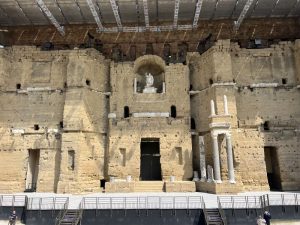
A well-preserved 1st-century Roman theater and a triumphal arch nearby with unique bas-relief images.
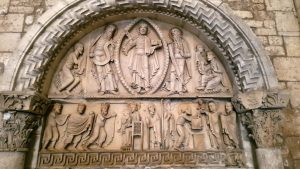
Seventy-eight locations along four medieval pilgrimage routes leading to the Santiago de Compostela in Spain.
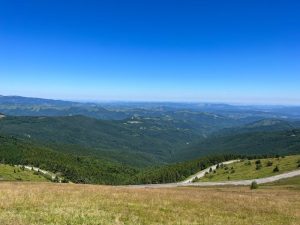
Primeval forests of European beech trees that survived the last Ice Age and then spread across Europe, now protected in 93 locations across 18 countries.
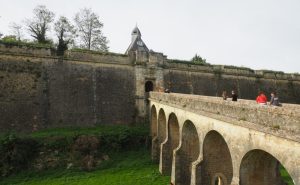
12 sites designed for Louis XIV by the innovative military engineer Sebastien de Vauban in the late 17th-18th centuries.

A collection of shelters used by prehistoric people, many containing impressive Paleolithic works of art.
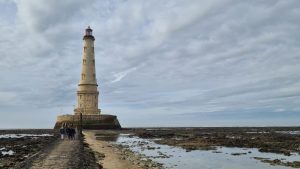
A grandiose 17th-century lighthouse meant both for navigation and for projecting an image of royal power.
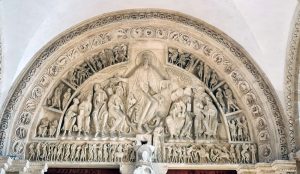
A Romanesque masterpiece and the charming village around it, historically significant in terms of medieval Christianity.
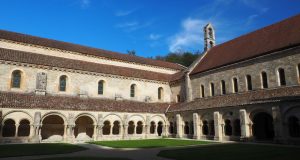
A monastic community whose ideals of poverty and self-sufficiency are reflected in the structures they built.
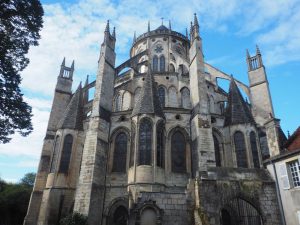
A magnificent Gothic cathedral with stunning stained-glass windows.
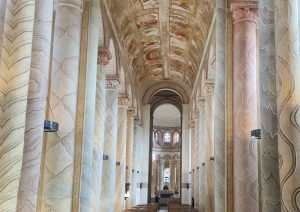
A Romanesque church painted with vivid murals dating to the 11th and 12th centuries, important in the study of medieval Christian art.
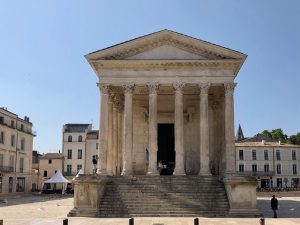
A well-preserved classical Roman temple from the 1st century AD, dedicated to the heirs of Emperor Augustus.
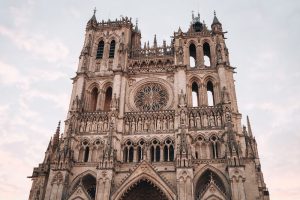
A 13th-century Gothic cathedral of extraordinary workmanship and beauty.

Precisely-defined plots of land with distinct geological and climatic conditions that contribute to a centuries-old tradition of winemaking.
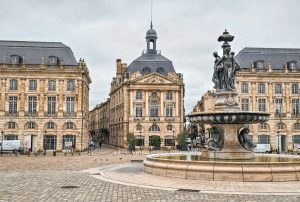
A port city of opulent architecture, especially classical and neo-classical, and the center of a centuries-old wine-producing region.
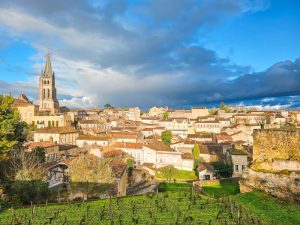
A picturesque area of countryside and villages surrounded by a vineyard landscape; also an important pilgrimage stop.
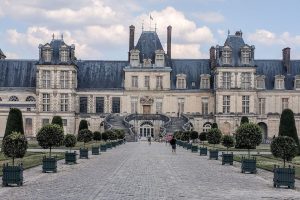
A magnificent 16th-century royal palace, particularly important for its artwork.
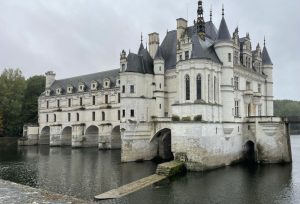
A beautiful river valley landscape dotted with stunning castles and charming medieval towns.
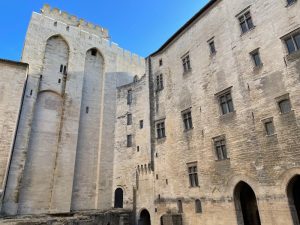
Palaces and other structures that tell the story of the 70-year sojourn in France of the Catholic papacy in the 14th century.
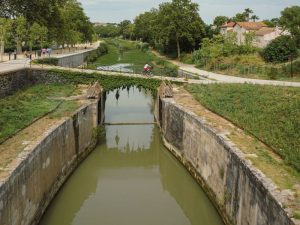
A 360-km canal plus locks, tunnels and bridges: a 17th-century feat of engineering.
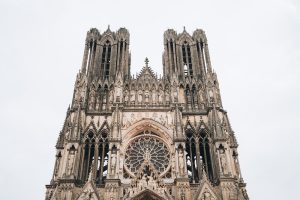
Three medieval structures central to the history of Christianity and coronations in France.
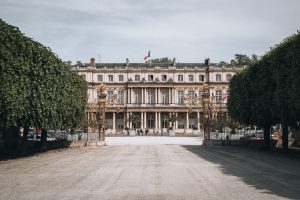
Three elegant 18th-century city plazas.
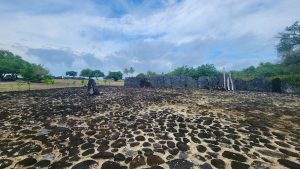
An ancient site of great historical and cultural significance to indigenous Polynesians.
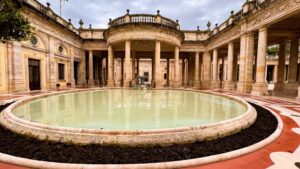
Towns in seven countries where an early tourism industry thrived around natural hot springs.
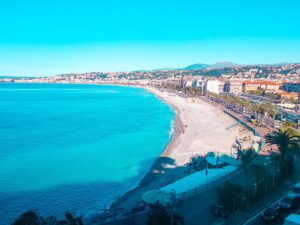
An early example of a city that developed due to tourism.
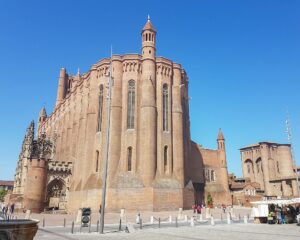
A small city with a rich collection of Medieval and Renaissance architecture.
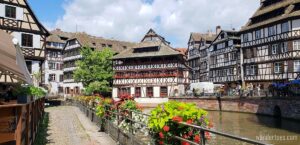
Two districts, one exemplifying medieval cities, the other a model of modern city planning.
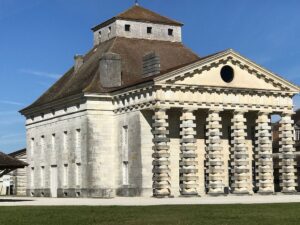
Two locations that exemplify the historical process of salt production and industrial architecture.
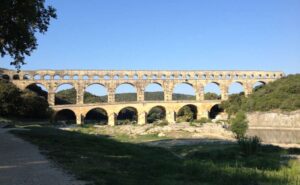
A 3-tiered stone aqueduct and bridge that demonstrates Roman-era construction processes.
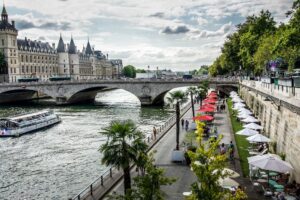
A 365-hectare corridor that encompasses many of the most famous sights in Paris, spanning centuries of the city’s development.
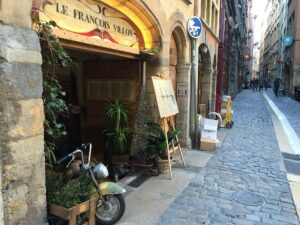
A city with 2000 years of history visible in its urban center’s architecture.
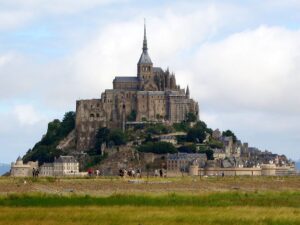
A magnificent Gothic abbey on top of a small island in a bay with dramatic tides.
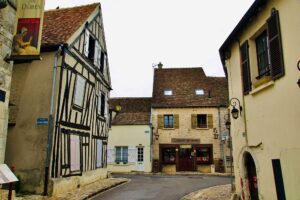
A beautifully intact example of a medieval trading city.
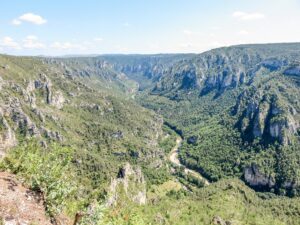
A rural landscape shaped by centuries of farming, where old agricultural techniques are still in use.
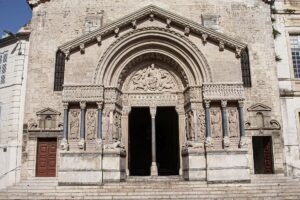
A grand Roman city and its later Romanesque additions, well-preserved in Arles city center.
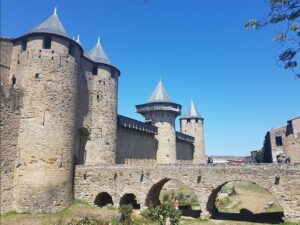
A classic medieval fortified town with intact walls, a castle, and a Gothic cathedral.